Vietnam’s foreign retail giants see different tales
|
Rising size and numbers among shopping malls
Increased consumption and consumer demand in recent years made Vietnam a more desirable destination for several international retailers. Notably, Japanese shopping mall developer AEON Mall see big opportunities in the local market and plan to expand its footprint.
AEON Mall expected to kick off the construction of AEON Mall Hadong, which is its second mall in Hanoi, in mid-March. According to the plan, the mall covers an area of 150,000 square metres with an investment of more than VND2 trillion ($90.3 million).
The mall, which has four floors and a basement, is expected to be put into operation at the end of 2019 to become one of the country’s largest shopping centres.
Besides, AEON Mall has recently been green-lighted by the Ho Chi Minh City People’s Committee to expand its first location, AEON Mall Tan Phu Celadon. The larger shopping centre is slated to go on stream in January 2019.
AEON Mall Tan Phu Celadon was inaugurated in January 2014, with the total investment capital of more than $100 million. Following this project, AEON has opened three other stores, including AEON Mall Binh Duong Canary in Binh Duong province, AEON Mall Long Bien in Hanoi, and AEON Mall Binh Tan in Ho Chi Minh City.
Besides, in September 2017, AEON Mall Vietnam signed a memorandum of understanding (MoU) with Haiphong Investment-Trade-Tourism Promotion Center and Viet Phat Import Export Trading Investment JSC to build a new shopping mall in Haiphong, which is expected to create about 2,000 new jobs for locals.
Under the agreement, AEON Mall Vietnam will invest, build, manage, and develop integrated shopping malls and provide related services, including catering services, amusement parks for children, as well as rental space, counters, and shelves, all constructed, installed, and decorated.
The $180-million (approximately VND4 trillion) facility covers an area of 9.3 hectares at Ho Sen-Cau Rao 2 Route and will be the company’s third shopping mall in the north and the sixth in Vietnam. The construction of AEON Mall Haiphong is expected to kick off in the second quarter of this year.
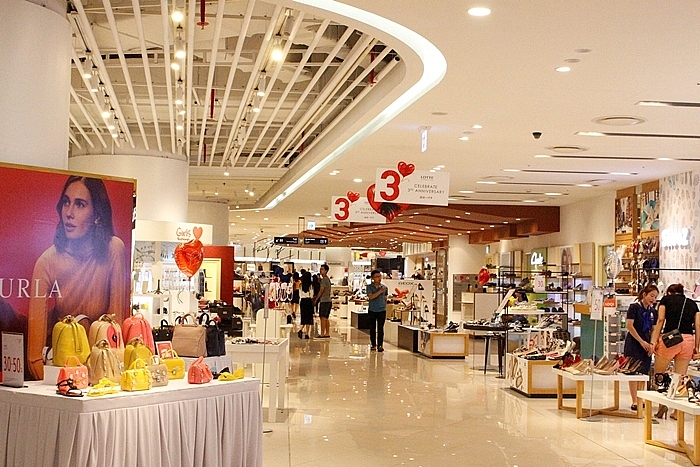 |
| Modern reatilers like Lotte bring all shopping needs to a single place |
Meanwhile, Lotte Group’s modern retail business not only enriches the Vietnamese retail scene with a unique retail and entertainment model, but also provides Vietnamese customers with a wide range of diversified products from South Korea and places around the world.
The giant corporation plans to expand its retail operations in Vietnam through mergers and acquisitions and plans to have 60 shopping malls in the country by 2020, a five-fold increase, according to Nikkei.
Along with investing $400 million in the 65-storey Lotte Center Hanoi, which is currently the second tallest building in the capital, Lotte plans to build a new shopping mall near Hanoi’s West Lake with the total investment capital of $300 million, according to The Korea Herald.
Besides, in early 2017, Lotte finished all necessary procedures to acquire Ciputra Hanoi Mall to enhance its retail business in Vietnam. Lotte aims to spend $300 million on this project, and the construction was expected to start in the second quarter of 2017, but since then, no further information has been released.
The mall will span 7.3 hectares within the approximately 200,000sq.m complex, together with another department store, a supermarket, and a cinema, all to be directly operated by Lotte affiliates. The construction was set to begin in the first half of 2017 and will be completed in 2020. However, to date, the construction has not started.
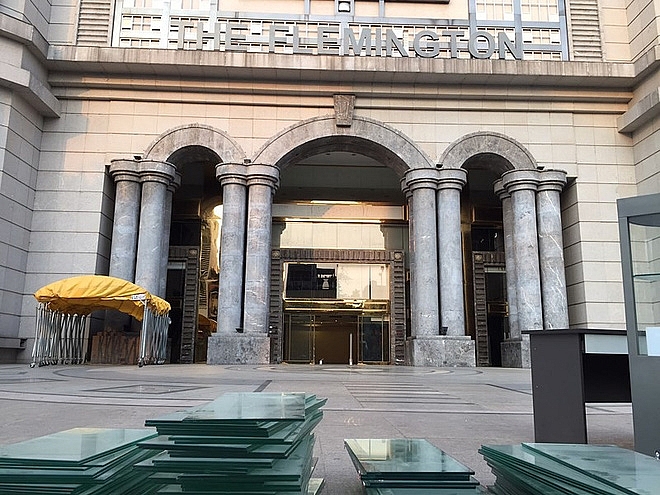 |
| Parkson Flemington is closing down (Source: Soha Newspaper) |
Parkson’s demise
The Vietnamese unit of Parkson Holdings Berhad, the retail arm of Malaysian conglomerate Lion Group, will officially close Parkson Flemington, its second store in Ho Chi Minh City after eight years of operation due to massive operating losses. This will make the fourth store to be closed in Vietnam.
Previously, after seeing the closing of Parkson Paragon in Ho Chi Minh City, experts in the retail sector started speculating about the reason of these closes.
| In recent years shopping malls in Vietnam were blooming both in size and number, but many of them were struggling to survive as the purchasing power was not equal to the pricing of goods in malls like Trang Tien Plaza, Grand Plaza or Hang Da Galleria, to cite a few examples. |
Dinh My Loan, chairman of the Vietnam Retail Association (VSA), said that in recent years shopping malls in Vietnam were blooming both in size and number, but many of them were struggling to survive as the purchasing power was not equal to the pricing of goods in malls like Trang Tien Plaza, Grand Plaza or Hang Da Galleria, to cite a few examples.
Mai Vo, Retail and Business Development manager at Cushman & Wakefield Vietnam, said that nowadays customers’ shopping trends were leaning towards malls that offer a diverse range of shopping categories in one space.
“During Parkson’s early penetration into Vietnam (2007-2010), they gained major market share as well as profits at a time when the retail market had lots of room to manoeuvre. However, their copy-and-paste model cannot compete with the new shopping malls where customers can find all their needs in one space, from shopping, to entertainment, to food and beverage, and so on,” said Vo.
Vo added that such one-stop shopping environments are only available in the new malls. The recently opened malls are positioned better through their trading mix and incorporate more activities to attract large numbers of mid-income customers. This stands in sharp contrast to the older malls that only offer high-end brands or a limited trade mix where customers’ daily shopping needs are not met.
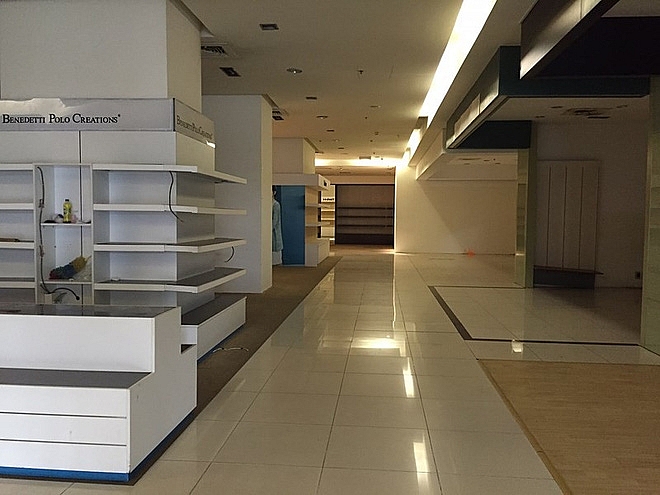 | |
|
| Parkson Holdings Berhad operates a total of 68 department stores in Malaysia, Vietnam, Indonesia, and Myanmar. Under the Parkson brand name, it has 45 stores in Malaysia, six in Vietnam, two in Indonesia, and one in Myanmar. In Indonesia, it also has 13 stores under the brand name of Centro Lifestyle Department Store. The Parkson retail chain in Vietnam is one of the Parkson Holdings Berhad units suffering the bleakest business results. Notably, in the financial year of 2017, Parkson Vietnam and Parkson Myanmar reported a revenue of VND600 billion ($26.2 million) only, decreasing 9 per cent on-year. The two units also reported a loss of VND29 billion ($1.27 million).
Along with Vietnam, Parkson reports massive losses in Malaysia and Indonesia. The group said its Malaysian and Indonesian operations posted losses in 2017, which was attributed to the absence of festive spending, following the shift in Eid celebrations, posting operating losses of RM20 million ($5.08 million) and RM13 million ($3.3 million), respectively. As of December 31, 2017, Parkson Malaysia had 45 stores, following the opening of two stores in Kuantan and Johor Bahru, while two underperforming stores were closed down during the first half of the 2018 financial year. It also closed two stores in Jakarta, bringing its store count in Indonesia to 15. Meanwhile, the group has seen returns from the transformation strategies implemented for Parkson China, resulting in a 4 per cent increase in revenue to RM1.319 billion ($335.58 million) and RM32 million ($8.14 million) in operating profit for the six-month period. |
What the stars mean:
★ Poor ★ ★ Promising ★★★ Good ★★★★ Very good ★★★★★ Exceptional
Related Contents
Latest News
More News
- Vietnam GDP posts second-strongest growth since 2011 (January 06, 2026 | 08:35)
- Cake by VPBank posts strong gains in scale and efficiency leveraging AI focus (January 05, 2026 | 18:55)
- Vietnam's retail market tops $269 billion in 2025 amid e-commerce boom (December 31, 2025 | 19:00)
- Global alliance develops $1 billion AI data centre network in Vietnam (December 30, 2025 | 10:08)
- Businesses ramp up production as year-end orders surge (December 30, 2025 | 10:05)
- Vietnam’s GDP forecast to grow by 9 per cent in 2026 (December 29, 2025 | 08:29)
- Vietnam's top 500 value-creating enterprises announced (December 27, 2025 | 08:00)
- Three-way partnership unveiled to ease financing at Hong Hac City (December 24, 2025 | 14:13)
- PM orders investment model for North–South high-speed rail (December 22, 2025 | 17:43)
- First members of Danang International Finance Centre revealed (December 22, 2025 | 17:39)

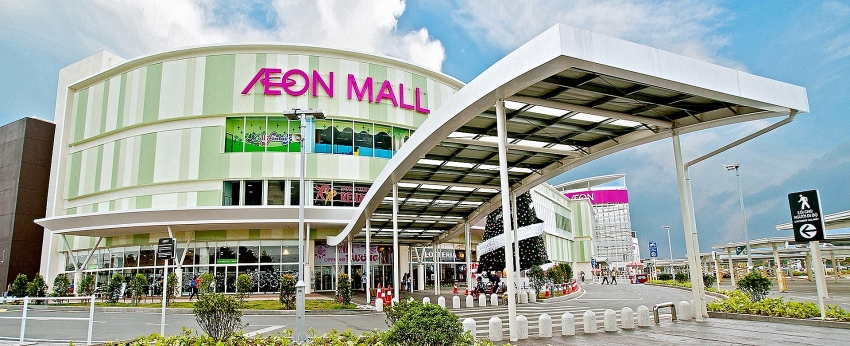
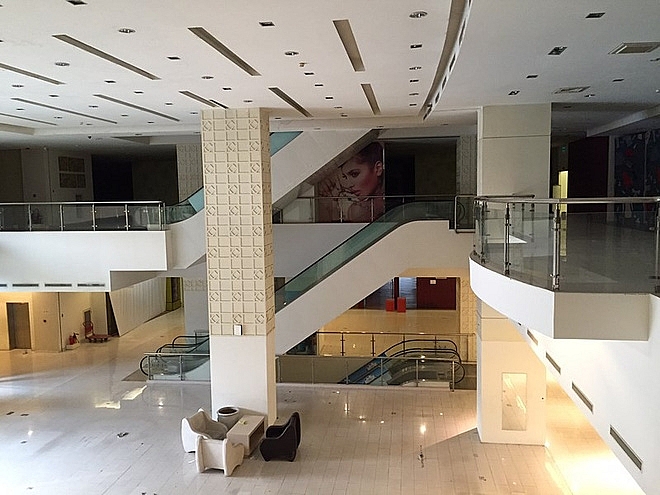
 Tag:
Tag:


























 Mobile Version
Mobile Version